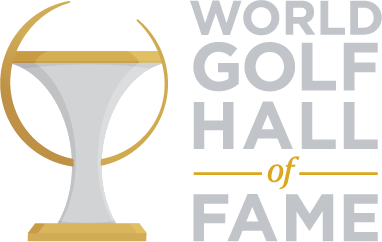The questions have been asked and debated countless times on the course, in the media and at every 19th hole: “Who are the all-time best? Who is on golf’s Mount Rushmore?” The question will never be truly answered. But you can bet your last buck that Ben Hogan will be part of the conversation.
He won 64 tournaments, including nine Majors. He is one of the only five players to win the Masters, the U.S. Open, the Open Championship, and the PGA Championship. He may have been the best ball-striker the game has ever known. And he is also the only player in that conversation to have overcome a harrowing, near-death experience on his way to the peak of the game.
It was said Ben Hogan had the secret. Whether he did or not, it was not the nature of the man to say. But if one player deserved to have the secret – by dint of total dedication and immersion in the game – it would be him.
Hogan had a code – work, study, endure – that he never betrayed. The way he unwaveringly applied his code to achieving total control of the golf ball is legendary. When he won, it was completely deserved. When he lost, it was poignant because no man gave so much. “I always outworked everybody,” he said. “Work never bothered me like it bothers some people.”

